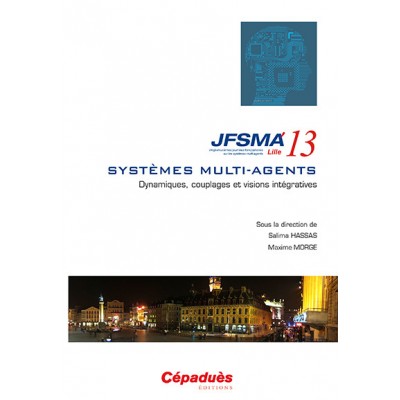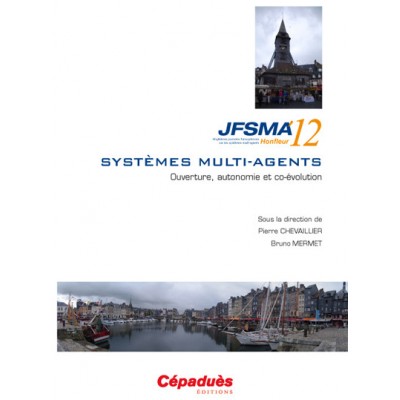Hazaël Jones
En tant que contributeur :
Le domaine de recherche des Systèmes Multi-Agents tente de proposer et d'améliorer les modèles, les méthodes, les...
- Référence : 1072
- Année de parution : 2013
- Nombre de pages : 212
- Format : 17x24
- Reliure : Broché
Cette vingtième édition est l'occasion de mettre en exergue les principes fondateurs des SMA : ouverture, autonomie...
- Référence : 1037
- Année de parution : 2012
- Nombre de pages : 214
- Format : 17x24
- Reliure : Broché
Depuis 1993, les Journées Francophones sur les Systèmes Multi-Agents (JFSMA) sont un moment annuel privilégié...
- Référence : 911
- Année de parution : 2009
- Niveau : spécialistes
- Nombre de pages : 280
- Format : 17x24
- Reliure : Broché



